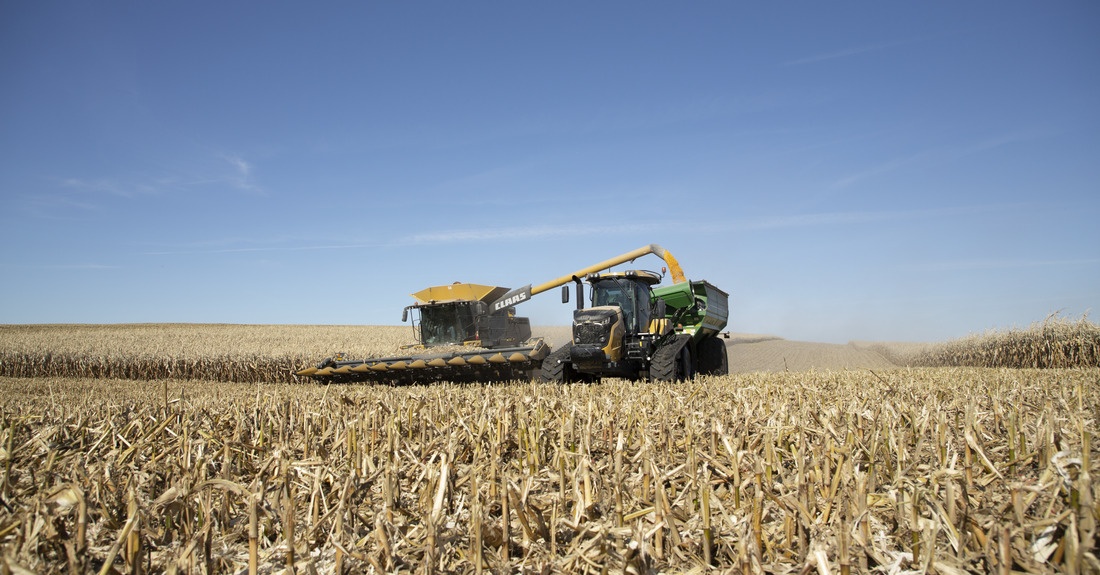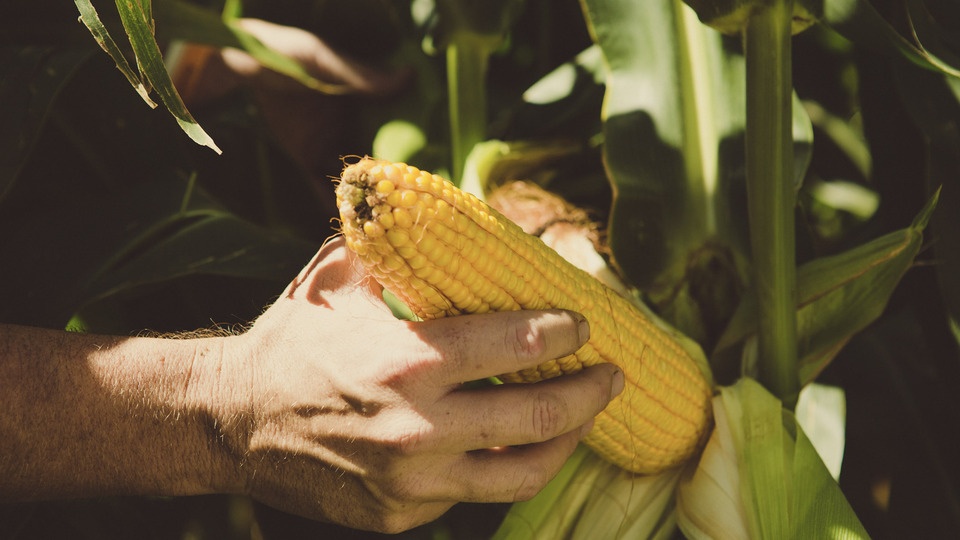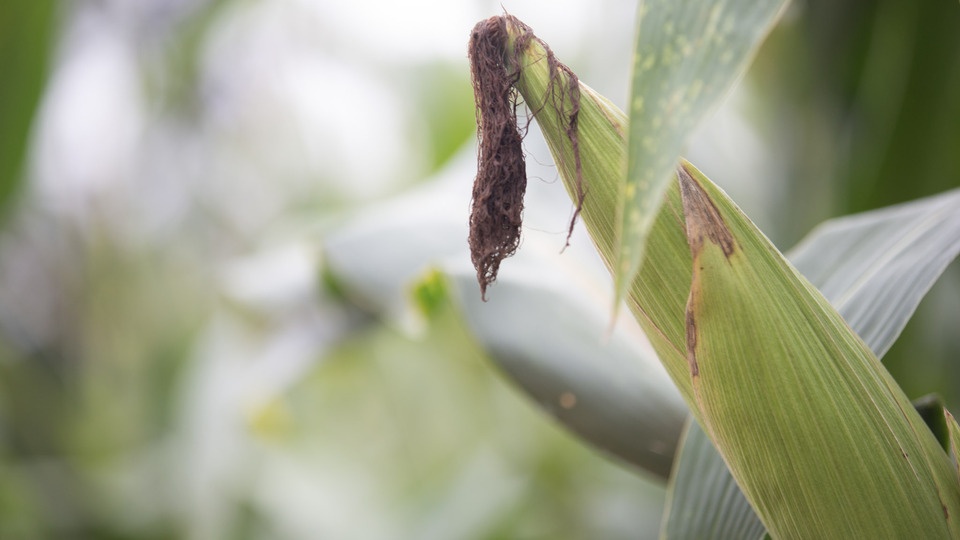
As the 2025 growing season comes to an end and we move into harvest, growers across the country are reflecting on a year of inconsistency and change. Long periods of rainfall plagued fields in certain regions while others dealt with an overall lack of moisture. What they shared was difficult weed pressure and the uncertainty of evolving herbicide strategies.
The challenge of weather conditions this season has tremendously affected all growers, requiring them to carefully analyze the strategies and application patterns utilized this season as they start to plan for next season. In episode 96 of the FieldLink® Podcast, Dr. Michael Cox, Herbicide Brand Manager with Helena Products Group, shares insights into herbicide performance, modern weed management and how growers can prepare for the 2026 season with smarter strategies.
“It’s not necessarily just about managing this year’s field. It’s about next year and the year after and the year after,” says Dr. Cox.
This year’s rainfall not only impacted yield but also impacted many other critical aspects of crop production. With heavy rainfall this season also came high weed pressure. The amount of rainfall not only created ideal conditions for crop growth but also the ideal conditions for weed germination. While rainfall is essential for activating pre-emergence herbicides, excessive rainfall accelerates weed germination and growth. Dr. Cox explains that the many well-timed rains, sometimes too well-timed, promoted high weed densities. This also impacted herbicide performance.
“I think this year in a lot of areas it probably tested the efficacy and the longevity of these pre-emergence applications,” says Dr. Cox. “Last year in a lot of areas we were talking about the lack of rainfall activation with pre-emergence herbicides, which can be good and bad because less rainfall means generally less weed germination, but it also means less activation of your herbicide.”
This year’s weather conditions have required growers to find the sweet spot for herbicide applications, playing a game of chess with weeds. Timing is everything. Herbicides need timely application to maximize their performance, and it is crucial to factor in the environment and weather conditions when looking at application strategy. Early applications are best. For farmers who were able to get into the field and make a timely application with an activating rainfall, performance and weed control was good. It is a battle of what herbicide actives and which modes of action worked best.
Along with application strategy, we should look at the residual chemistries in the products applied and weather conditions at application and soon thereafter before overly scrutinizing just the chemistries. When did we apply, and did we receive sufficient rainfall soon enough for activation? These questions give important insights that can help us fine-tune next year’s weed management tactics.
“The name of the game now is to make sure you put some residual chemistry even in that early post application. Don't apply just post-emergence actives,” says Dr. Cox. “You have to keep stacking those residual chemistries into that soil bank. It's a zero-tolerance approach. We don't want to target the weed when it's four or five inches tall. We want to spray it at 2 inches or less.”
Stewardship is our job. Placement and timing are the two key things to keep in mind. We must set up the chemistry to do what it does best and succeed; it isn’t just the herbicides’ fault. Analysis and awareness of what is going on in the field is everything. As we head into pre-harvest, it is a great time to survey what occurred this season.
“How much moisture did we get? Was it just enough to activate and everything look great,” says Dr. Cox. “Or was it too much in certain areas? Did we miss our timely application and is our weed pressure outlasting our pre-application?”
It is vital to set ourselves up for long-term strategy on the farm. It is time to notice the details and get out in front of those potential future problems before they get the best of us. New herbicides are not being developed every day. We must steward these chemistries because they cannot be developed as fast as weeds are burning through them. Here at Helena, it is our mission to continually evolve and create new formulations to improve the lives of growers.
“We are looking for new ways to put existing combinations together and also putting some things into mixtures that have not been mixed before, a better formulation, making that product more efficient,” says Dr. Cox.
As we reflect on this past season and move into harvest, contact your local Helena representative to start planning for next season.


